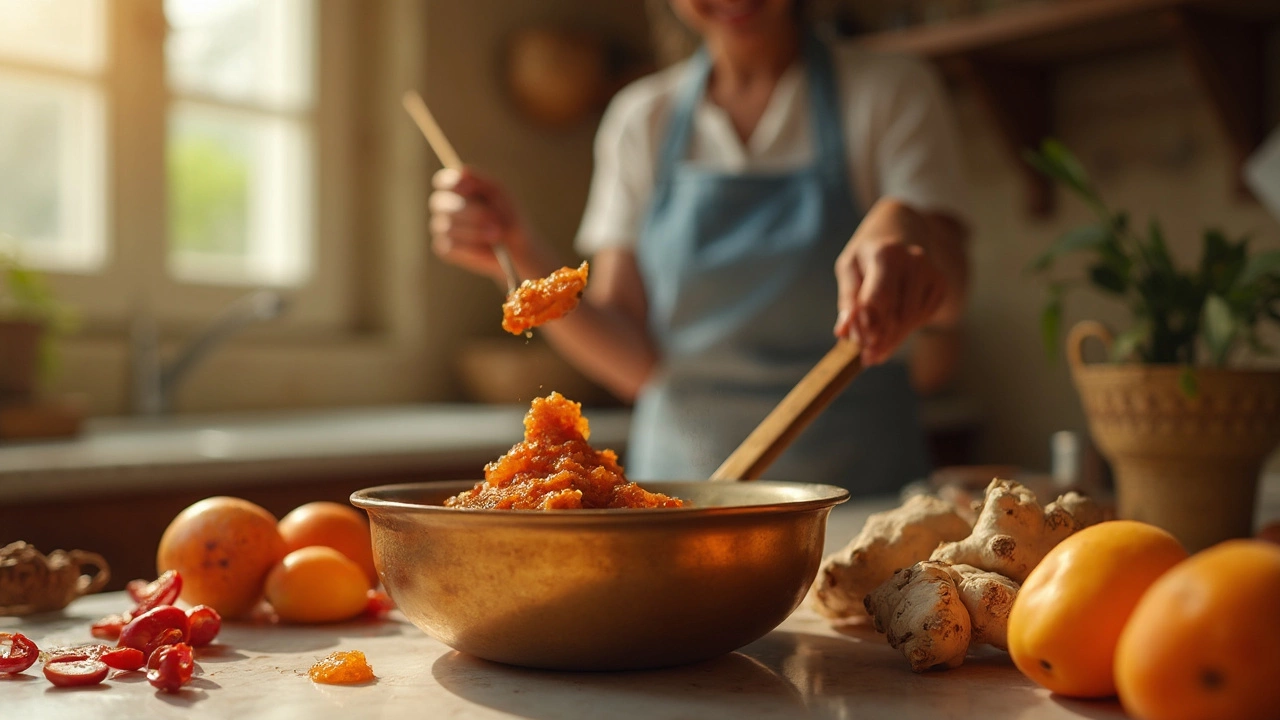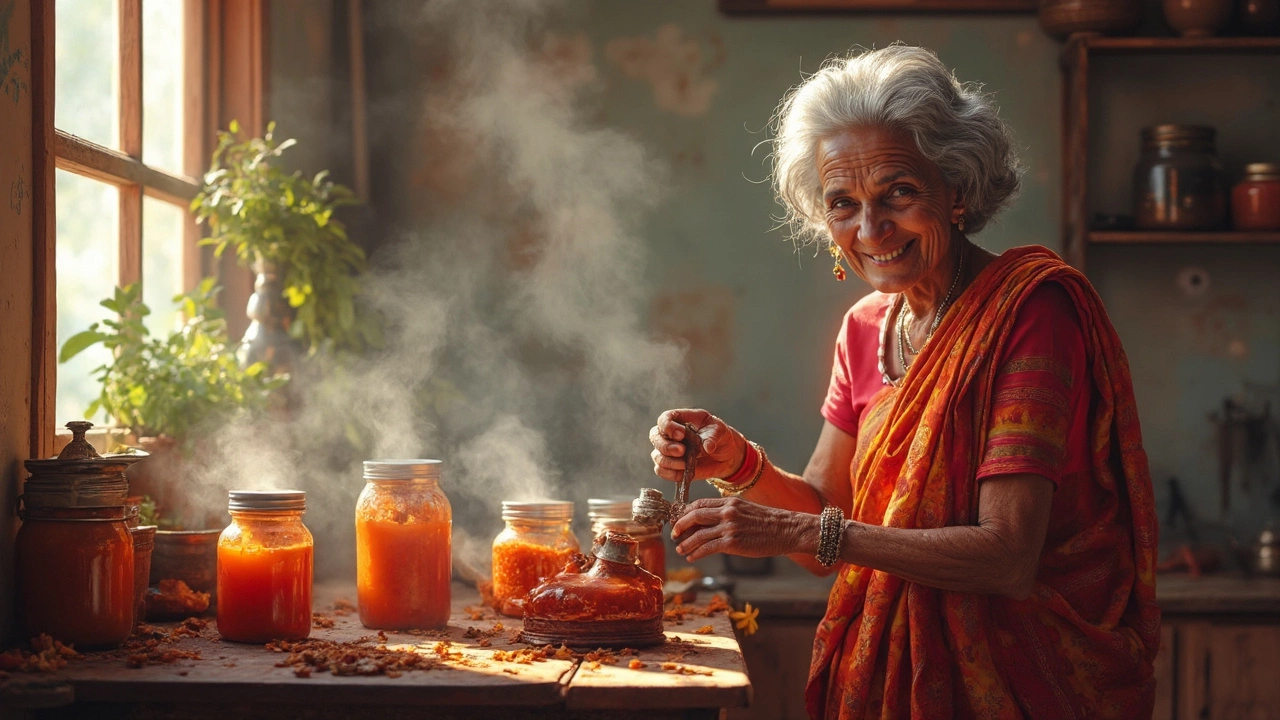Chutney Tips: Quick Tricks for Perfect Flavor and Texture
Chutney can turn a bland dish into something exciting, but getting the right consistency and taste often feels like guesswork. Below are no‑nonsense tips you can use right away – whether you’re making a fiery coconut chutney or a sweet tomato version.
Control the Thickness – Lid On or Off?
One of the biggest questions is whether to cook chutney with the lid on or off. If you want a thin, pour‑able sauce, keep the lid off. The steam escapes, the liquid reduces faster, and you can stir constantly without splatter. For a thick, dip‑ready paste, cover the pot for the first few minutes. The trapped steam softens the ingredients quickly, then you can remove the lid and finish the reduction. A good rule of thumb: lid on for the first 5‑7 minutes, then lid off until you reach the desired texture.
Balance Heat and Sweetness
Most chutneys rely on a dance between spicy heat and a touch of sweetness. If the heat feels too sharp, add a spoonful of jaggery, honey, or even a pinch of sugar. Conversely, if the chutney is too sweet, a dash of tamarind paste or lemon juice cuts the sweetness and brightens the flavor. Taste as you go – a little adjustment can save a batch that’s otherwise off‑balance.
Fresh herbs like cilantro or mint should be added at the very end of cooking or blended raw. Heat destroys their bright aroma, leaving the chutney flat. If you prefer a smoother texture, blend the cooked ingredients first, then toss in the fresh herbs and give it a quick pulse.
Spice timing matters too. Whole spices (cumin seeds, mustard seeds) should be tempered in hot oil before they hit the main mixture – this releases their oils and prevents bitterness. Ground spices (coriander powder, red chilli powder) are best added after the mixture starts to simmer; this avoids burning and keeps the flavors vivid.
Don’t forget the oil ratio. Too much oil makes the chutney greasy, while too little can cause it to stick and scorch. A tablespoon of oil per cup of base ingredients (tomatoes, coconut, lentils) usually does the trick.
Storage Hacks to Keep Chutney Fresh
When you’re done, let the chutney cool to room temperature before sealing it. Hot chutney creates steam inside the jar, which can lead to mold. Transfer to a clean glass jar, add a thin layer of oil on top – this acts as a barrier against air. Store in the fridge and you’ll get about a week of good flavor. For longer storage, freeze in ice‑cube trays and pop out portions as needed.
If you notice any foamy layer on top, it’s harmless yeast activity. Just skim it off, give the chutney a quick stir, and keep using it.
Finally, label each jar with the date you made it. Simple, but it saves you from eating a month‑old batch that’s lost its zing.
With these straightforward tips – lid timing, heat‑sweet balance, spice handling, and smart storage – your chutney will always hit the spot. Try them on your next batch and see the difference instantly.
Best Ways to Eat Chutney: Delicious Pairings, Cultural Traditions, and Unique Tips
Unlock the tastiest ways to enjoy chutney with classic pairings, unique serving ideas, and expert tips. From curries to cheese platters—chutney wins!
How Thick Should Chutney Be When Cooking?
Wondering about the perfect thickness for chutney? This article uncovers what to look for as your chutney cooks up, why consistency matters, and how to nail that just-right texture. Packed with clever tips and practical advice, it’ll help you solve common chutney blunders—whether you like it spreadable or pourable. Learn some little-known truths about sugar, pectin, and cooling, so you never end up with a runny or rock-hard batch again. Guaranteed to make your next chutney deliciously on point.
Should You Seal Chutney Jars While They're Piping Hot?
Find out if you should seal chutney jars while they're hot to ensure safety and freshness. This article explores boiling and sealing methods, tackling common preservation mistakes to keep your chutney in peak condition. Get practical tips on sterilization and jar sealing to avoid spoilage. Whether you're a seasoned chutney maker or new to the craft, learn how to preserve your tangy creations properly.


